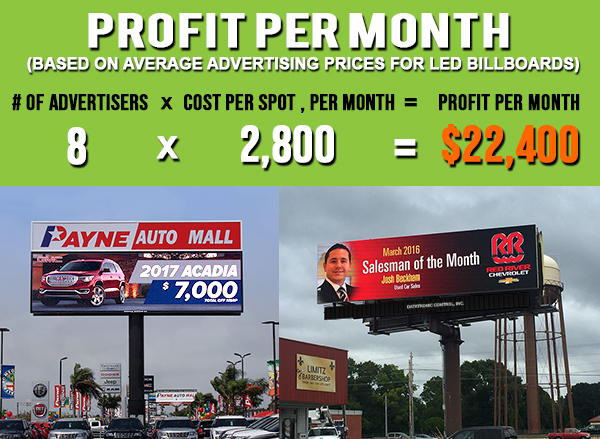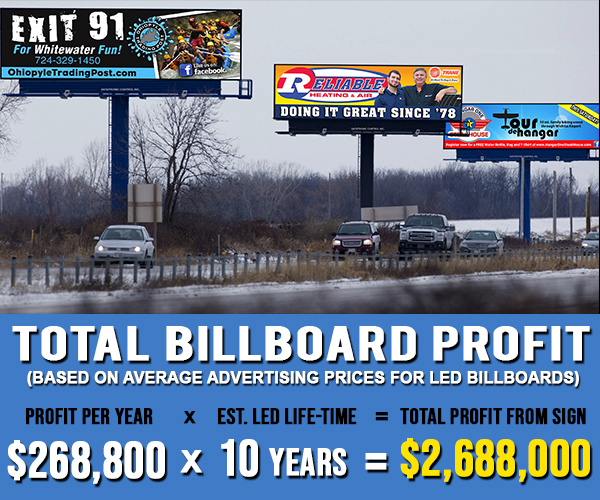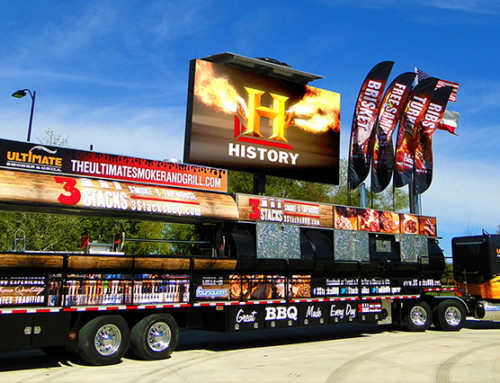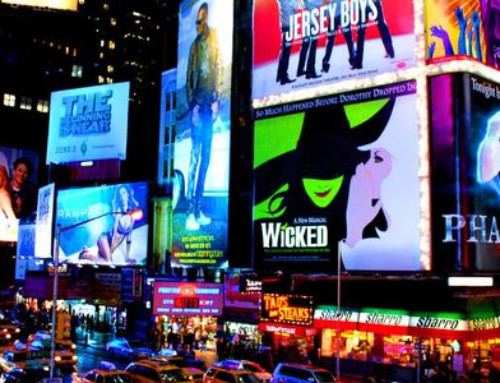5 Common LED Sign Myths
LED Signs Cause Accidents
For some reason, many people fear that the moving motion and brightness of LED signs cause an increase in traffic accidents. These fears are unfounded. The LED technology inherent in electronic message centers have been studied for over 30 years and have never been found to be hazardous to traffic safety. Studies from reputable organizations such as Virginia Tech Transportation Institute, Tantala Associates and even the Federal Highway Administration have found that digital signs are appropriate along the nation’s roadways. The Federal Government has accepted the use of this technology in signage along the roadways. Over forty State Governments have specifically adopted regulations allowing for its usage. In fact, digital signs are found throughout the United States.

LED Signs are too Hard to Program
LED displays can often look intimidating to use. Most individuals look at the flashy graphics, designs, and animations then assume that they have to go through a ton of hoops just to achieve the same result. We at DCI understand that programming a LED sign can look like a daunting task but in reality, it is quite easy. We have streamlined the process so that a client can easily create a message with just a few simple button clicks and strokes of the keyboard. Many of the options in our software also contain Drag and Drop features. Entire playlists can be created in a matter of minutes.

LED Signs are Expensive
Every DCI sign sold has a 5-year warranty and their typical estimated lifetime is 10 years. Most LED signs show a return profit after 1 year. This means that most companies see about 9x the amount of profit from their initial investment. So, while it is true LED signs can cost more than other forms of signage, the return investment is vastly greater. Here is just one example of how much can be made from a standard LED billboard.



All LED Signs are the Same
This myth is often spread by sign companies offering an inferior product. The truth is LED signs can vary quite a bit between manufacturers. Even LED signs that are the same physical size can have vast differences between them. Some of the key elements to look for are the Brightness, Viewing Angles, LED Configuration, Color Range, Pixel Pitch, and the Pixel Matrix. In each one of those items the general rule is the bigger the better, all except Pixel Pitch. A smaller Pixel Pitch means tighter resolution capabilities. For instance, a 10mm Pixel Pitch will look roughly 4x better than a 20mm Pixel Pitch.
DCI signs have the highest brightness and widest viewing angles in the industry. We also offer a wide range of Outdoor and Indoor resolutions all displaying up to 590 Quintillion Colors.

LED Sign Size does not Matter
The size of an LED sign is important for two main reasons. It helps determine the resolution of your display as well as how far it can be seen by the passing public. There are two factors that go into determining the resolution of a sign, it’s size and pixel pitch. While a smaller pixel pitch allows for more pixels to be fit in an area, ultimately the size of the area is what determines how many of those pixels can be placed. Often too many clients neglect the physical size of an LED sign when determining it’s resolution.
Visibility range is the second reason why LED sign size is important. Quite simply put, the larger the display, the further it can be seen, and thus the more potential clients can be reached. This is why Billboards are so effective. They are just massive displays standing as tall as they can so that they can reach as many people as possible. This is why DCI offers all of our display as a modular format so that clients can purchase an led display as large as they want.






